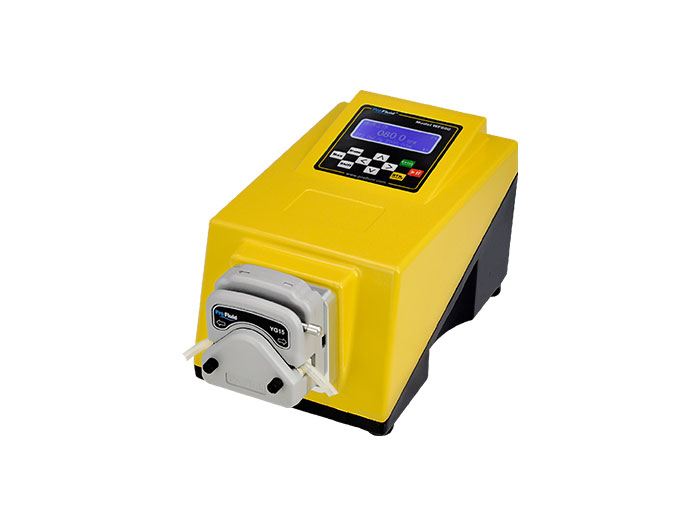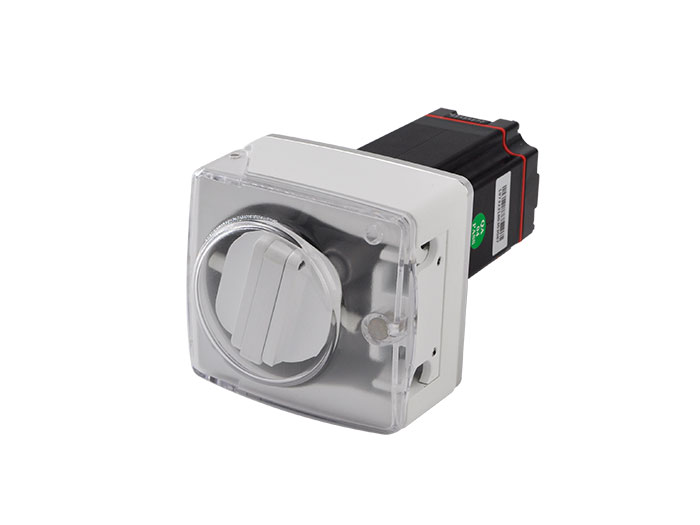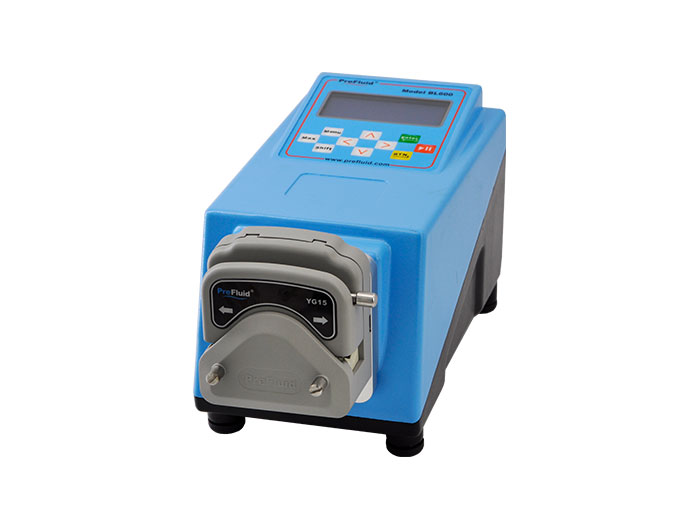1. Use a pulse damper
A pulse damper is a simple holding container. Because air is more compressible than fluid, it's effective. The pulsating flow enters the container, the air pocket left in the liquid absorbs the pulse, and the soft flow leaves the pulse damper. master plex provides inexpensive pulse dampers for L/S and I/P tubes. Alternatively, pulse dampers for larger pipe sizes can be easily made using fixed containers and appropriate sized fittings. The exit must be flush with or below the entrance, both near the bottom of the container, to reduce the dead volume of the system. The disadvantage of using a pulse damper is that the dead volume increases and the flow does not stop immediately when the pump is turned off. Pulse dampers can suppress up to 90% of existing pulsations.
2. Use an adjustable cut-off pump.
Reducing the blockage (the amount of pipe being squeezed) will reduce the pulsation. Because liquid pillows make very little difference. The following figure (Figure A) illustrates this. Increasing back pressure further decreases pulse, but increasing back pressure decreases accuracy and flow. This is because the fluid slides the pump head backwards. Minimum blocking reduces pulsation to about 75%.
3. Use a sheep's head with an offset roller.
In this case, the two pump heads with rotor offset of 30 are connected together, and the Y joint is used to split the inlet pipe into two channels, then the two channels are reconnected at the outlet. Because of the shape of the wheel, the pillow of one channel overlaps the flow of the second channel. The overlap of the fluctuations reduces the flow of the pulsation by about 95%.
4. Add drain pipe.
Pipes absorb pulsations, especially soft pipes such as silicon or C-Flex. The long drain pipe also increases back pressure due to friction. This tends to compress the pulsations together. This reduces pulsation by up to 60 percent.


